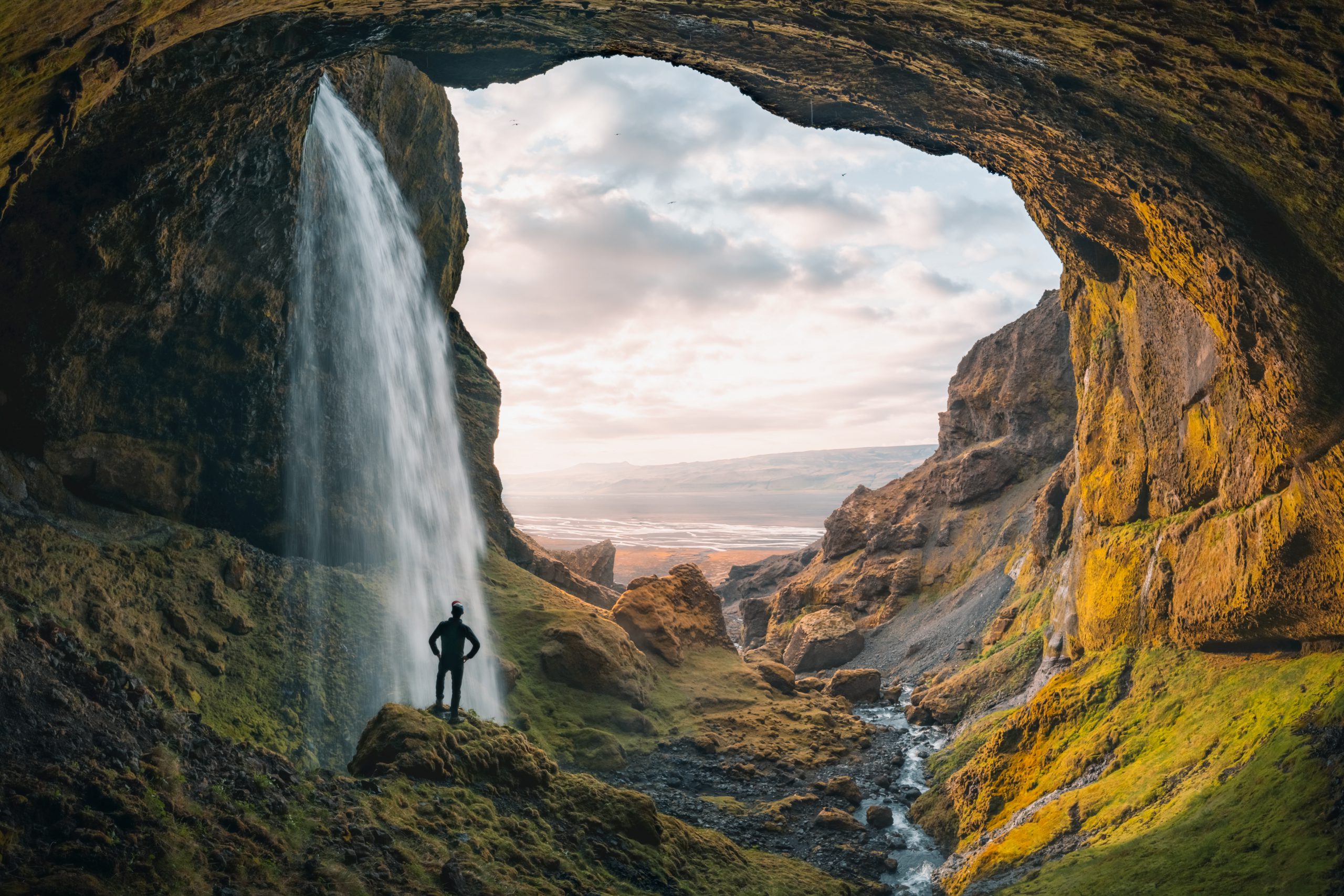Virtual reality (VR) has come a long way since its inception in the 1960s. What started as a niche technology for military training and flight simulation has now become a mainstream form of entertainment. From gaming to education, VR has made its way into various industries, including the film industry. With the advancements in technology and the rise of VR, filmmakers are now exploring the unseen and taking their audience on immersive journeys like never before. Let’s dive into the world of virtual reality and how it is revolutionizing the film industry.
What is Virtual Reality?
For those unfamiliar with VR, it is a computer-generated simulation of a three-dimensional environment that can be interacted with in a seemingly real or physical way by a person using special electronic equipment, such as a headset with a screen inside or gloves fitted with sensors. In simpler terms, VR technology creates a virtual world that you can experience and interact with, blurring the lines between the physical and digital world.
The Rise of Virtual Reality in Filmmaking
The film industry has always been at the forefront of technological advancements, pushing the boundaries of storytelling and visual effects. VR is no exception. Filmmakers are now using VR to create immersive and interactive experiences for their audience. It allows them to take the audience on a journey like never before, making them a part of the story rather than just a passive viewer. VR has opened up new possibilities for storytelling, and filmmakers are taking full advantage of it.
One of the most significant advantages of using VR in filmmaking is the ability to transport the audience to a different world. This technology allows filmmakers to create entire worlds and environments that were previously impossible to recreate on a traditional film set. With VR, filmmakers can take the audience to places they could only dream of, whether it’s the depths of the ocean or the surface of Mars. This level of immersion and realism has never been achieved before in the film industry.
Another advantage of VR is the ability to create interactive experiences. In traditional films, the audience is limited to a passive viewing experience. With VR, the audience can now interact with the environment and the characters, making the experience more engaging and personal. This level of interactivity gives the audience a sense of control and involvement, making them feel like they are a part of the story.
The Challenges of Using VR in Filmmaking
While VR technology has opened up new possibilities for filmmakers, it also comes with its own set of challenges. One of the biggest challenges is the high cost of production. Creating a VR film requires a significant investment in equipment and technology. The cameras and software used for VR filmmaking are still relatively new and expensive, making it difficult for independent filmmakers to enter the market. However, as the technology becomes more accessible and affordable, we can expect to see a rise in independent VR films.
Another challenge is the learning curve for filmmakers. VR filmmaking requires a different approach and skillset compared to traditional filmmaking. Filmmakers have to adapt to new techniques and technologies to create an immersive and interactive experience for their audience. This learning curve can be daunting for some, but with the increasing popularity of VR, more and more filmmakers are embracing the challenge.
The Impact of VR on the Film Industry
The rise of VR in the film industry has opened up new avenues for storytelling and filmmaking. It has also given rise to a new market for content creators, with platforms like Oculus and YouTube supporting VR content. This has also led to collaborations between traditional filmmakers and VR content creators, bringing together the best of both worlds.
Moreover, VR has also created a new way for audiences to experience films. With VR headsets becoming more affordable and accessible, viewers can now watch VR films from the comfort of their homes. This has also led to the rise of VR film festivals, where audiences can experience a diverse range of VR content in one place.
The Future of VR in Filmmaking
The future of VR in filmmaking looks promising. As the technology becomes more advanced and affordable, we can expect to see more filmmakers experimenting with VR. With the growing popularity of VR films, we can also expect to see a rise in the demand for VR content creators and technicians. This will create new job opportunities and further drive the growth of VR in the film industry.
Conclusion
Virtual reality has come a long way since its inception, and its impact on the film industry is undeniable. Filmmakers are now exploring the unseen and taking their audience on immersive journeys like never before. With its ability to create interactive and realistic experiences, VR has revolutionized the way stories are told on the big screen. As the technology continues to evolve, we can expect to see more groundbreaking VR films in the future, making the audience a part of the story and blurring the lines between the physical and digital world. Are you ready to explore the unseen?




